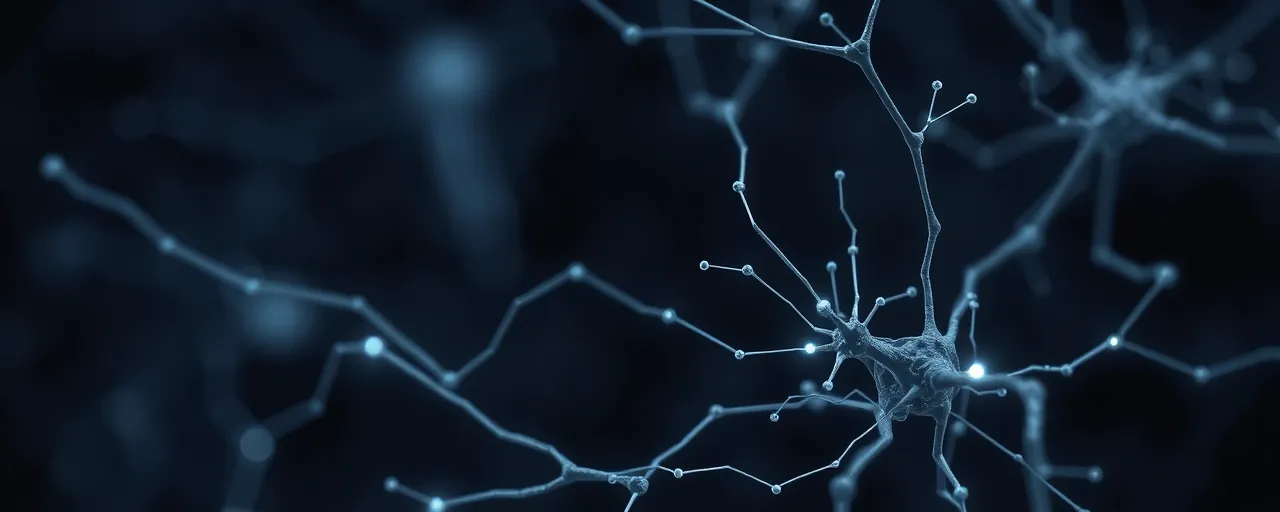A New Path for Mental Health
Finding effective mental health treatments without disruptive side effects is a persistent challenge. Researchers at the University of California, Davis, have developed JRT, a modified LSD compound that strengthens brain connections without causing hallucinations. Recent preclinical studies highlight its potential to address conditions like schizophrenia and depression, offering hope to those in need.
The global mental health crisis amplifies the importance of such innovations. The World Health Organization reports that up to 90 percent of individuals with severe mental disorders in some low- and middle-income countries lack access to care. With an annual funding shortfall exceeding $200 billion, the demand for practical, scalable solutions is clear. JRT’s early findings spark optimism, though significant hurdles remain before it reaches patients.
This breakthrough builds on decades of progress in mental health care, from the 1950s introduction of chlorpromazine to the recent rise of telepsychiatry. Each step has aimed to make treatment more accessible and humane. JRT represents another leap, but its journey from lab to clinic will test the resilience of researchers and policymakers alike.
How JRT Works
JRT, crafted through a complex 12-step synthesis, differs from LSD by two atoms, a small tweak with profound effects. In mouse studies, it increased dendritic spine density by 46 percent and synapse density by 18 percent in the prefrontal cortex, regions vital for thinking and emotional balance. Unlike LSD, JRT avoids hallucinogenic responses and genetic markers tied to schizophrenia, suggesting a safer profile for medical use.
The compound’s focus on neuroplasticity, the brain’s capacity to adapt and rewire, aligns with emerging therapies. Techniques like transcranial magnetic stimulation and neurosteroids also aim to enhance brain flexibility. JRT’s ability to foster neural growth without psychedelic effects makes it a promising candidate for conditions like treatment-resistant depression, where existing options often fall short.
A Wave of Innovation
JRT emerges amid a surge in mental health advancements. Recent approvals include a novel schizophrenia drug, fast-acting treatments for postpartum depression, and digital therapeutics for major depressive disorder. These developments signal a commitment to tackling mental health with creative tools. JRT’s preclinical success adds to this momentum, though integrating such therapies into overstretched health systems poses challenges.
Public views on psychedelic-derived treatments are shifting. Surveys show strong backing for supervised psilocybin therapy, with broad support across political spectrums. However, local debates persist. In Colorado, some officials advocate restrictions on psychedelic services, citing public safety, while veterans and health advocates emphasize their value for PTSD and depression. JRT’s nonhallucinogenic nature might ease some of these tensions, offering a less contentious path forward.
The Road Ahead
JRT’s promise is tempered by its early stage. Mouse studies are encouraging, but human trials are essential to verify safety and effectiveness. The psychiatric drug pipeline is active, with over 300 depression therapies in development and recent approvals like Cobenfy for schizophrenia. Yet, translating lab results into real-world treatments requires navigating regulatory, financial, and ethical complexities.
History shows mental health progress is gradual. The shift from asylums to community care in the 1960s and the 1980s introduction of SSRIs reshaped treatment landscapes. JRT could mark another milestone, provided it overcomes the barriers that have slowed past innovations.
Hope on the Horizon
JRT’s development reflects a larger mission to transform mental health care. By enhancing neuroplasticity without hallucinations, it offers a novel approach to stubborn disorders. Its success hinges on thorough testing, equitable access, and policies that prioritize global needs.
UC Davis’s work draws on a rich history of psychedelic research, from LSD’s early exploration in the 1950s to recent trials of psilocybin and MDMA. These efforts have faced skepticism but persist due to their potential to change lives. JRT continues this legacy, pushing boundaries while grounded in rigorous science.
For millions struggling with mental health, JRT is a beacon of possibility. It’s not a cure yet, but it embodies the relentless pursuit of better solutions. As research advances, it carries the hope of a future where effective, accessible care is within reach for all.
